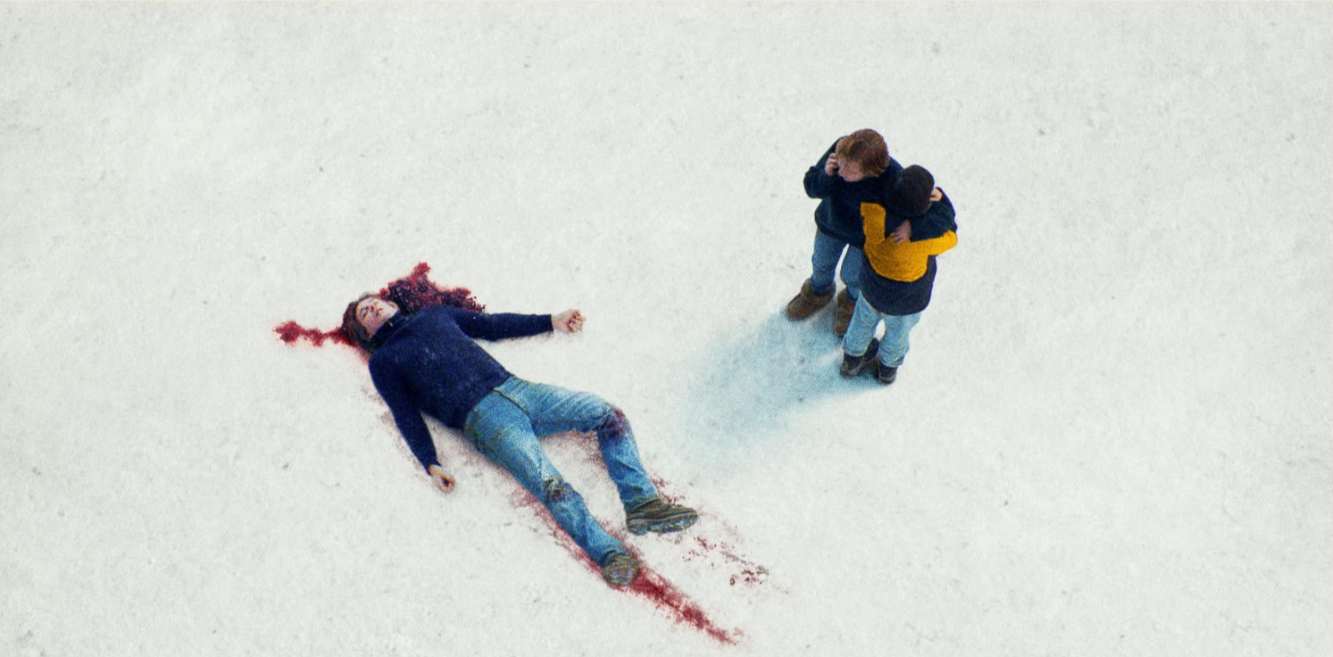Looking into the fascinating world of French film, Justine Triet’s “Anatomy of a Fall” is a gripping thriller about a courtroom drama. In addition to captivating viewers, this 2023 movie won the coveted Palme d’Or at the 76th Cannes Film Festival. Let’s explore the core of this film, learning about its story, how it was received by critics, and the important subject of whether it was inspired by actual occurrences.
Sandra Hüller plays German writer Sandra Voyter, who becomes embroiled in a web of intrigue after her husband falls fatally from the balcony of their remote chalet. The narrative threads across the intricacies of Sandra’s trial, her son Daniel’s role as the lone witness to the catastrophic incident, and the prosecution’s close examination of their personal life. By deftly navigating the story and fusing elements of familial drama with suspense, Triet creates an emotional tapestry.
When analyzing “Anatomy of a Fall,” we must consider the criticism that the work received. Critics have praised Triet and Hüller’s teamwork, praising the picture for its subtle yet complex narrative. The story, despite its many red herrings, manages to keep the viewer interested and provides a subtle, educational, and visually appealing cinematic experience. The film’s general competence is enhanced by the courtroom scenes, despite their lack of flare compared to some of its French genre predecessors.
Critics have, however, drawn attention to the movie’s forced attitudes and tight, artificial narrative structure. The bits of information lost from the screenplay don’t offer a more comprehensive view of what’s happening, therefore certain parts remain unaddressed. Even if there are some forensic scenes in this courtroom drama, ultimately the picture lacks curiosity and attention to detail, which is noticeable given the genre’s potential for exciting cinematic revelations.
Where was Anatomy of a Fall (2023) filmed? All Filming Locations
Is the 2023 film “Anatomy of a Fall” a True Story?
“Anatomy of a Fall” takes inspiration from real court cases even if it isn’t a straight portrayal of a true story. Director Justine Triet admits that she is fascinated by Amanda Knox’s 2007 trial and that she plans to go into great detail about the legal matters. A young American lady, Amanda Knox, was accused of murdering her roommate, Meredith Kercher, in Italy in 2007. Triet claimed she was interested in the case. Triet highlights in an interview with Paris Match that she wants to analyze the nuances of a couple’s lives with the judicial system serving as a backdrop.
The story of the movie examines the difficulties Sandra, a German-speaking lady involved in a French-language court case, faces. The investigation becomes more complex due to the language barrier, which also makes Sandra’s statements seem even more implausible. The video reflects the unsettling fact that during a court process, even the most insignificant facts of a person’s life may come under investigation.
During the Covid lockdown, filmmaker Justine Triet worked with her real-life boyfriend, Arthur Harari, to create a story that delves into the subtleties of disagreements and marriage dynamics.
Triet and Harari talked about their collaborative writing approach in an interview with the Los Angeles Times, emphasizing the value of providing and receiving regular input to improve the script. Although the movie explores intense feelings, allegations, and real-life events, it deftly crafts a narrative that draws inspiration from true crime documentaries such as “Amanda Knox: Murder on Trial in Italy” and the 2004 French television series “The Staircase.”
The picture gains depth through Sandra Hüller’s portrayal of German writer Sandra Voyter, who is defending herself in a French court. The fact that Sandra is speaking in German, French, and English highlights how vulnerable she is navigating the legal system in a language she is not totally comfortable with. This language investigation explores the possibility of term misunderstanding and its effect on guilt perception.
A distinctive element to the family dynamic is added by incorporating Snoop, the border collie, as a stand-in for the late spouse. Snoop, who is wordless, quietly adds to the story by echoing the room’s expressions and atmosphere. Triet’s choice to show Sandra from below, highlighting her as a larger personality, gives the character a visual depth and makes her appear unapologetically confident in her identity.
“Anatomy of a Fall” draws inspiration from a variety of sources, fusing aspects of relationship dynamics, linguistic difficulties, and true crime. However, it may not be based on actual events. Triet’s skill in fusing various inspirations into a fictitious story highlights the film’s nuance and complexity while providing audiences with an engrossing story that transcends the screen.
In conclusion, “Anatomy of a Fall” is a monument to the imaginative partnership between Triet and Harari, who worked together to produce a story that is inspired by the complexities of real-life relationships, emotions, and communication difficulties even though it is not based on actual occurrences. Immersed in this cinematic voyage, viewers go on an intellectually stimulating excursion that crosses the lines between fact and fantasy.

